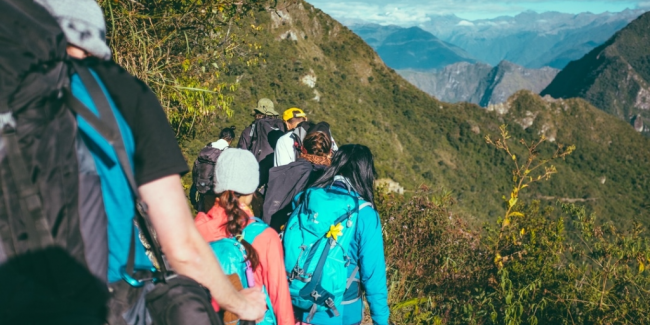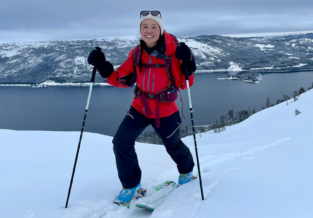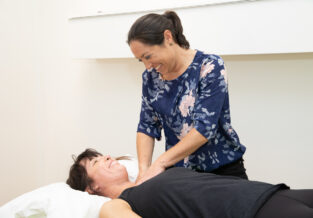Taking on the Oxfam Trailwalker.
Published on
23 Jan 2017

Call us on: (03) 9975 4133
The Oxfam Trailwalker is the perfect opportunity to try something new in 2017. Liz Edlin runs us through her tips for taking part in the 100km walk.
Looking for a challenge?
If you’re looking for an event that both challenges and empowers – the Oxfam Trailwalker could be the one for you. On the 7th of April, teams of four will line up at Jells Park to tackle 100km of stunning trail, leading up to the finish line at Wesburn Park.
The primary goal is to raise money for Oxfam, so they can continue their work of changing lives around the world. Many people will have their own personal goals to beat. Others take part to race their colleagues – or to simply try something new.
Setting up for success.
So how do you train to cover 100km of varying terrain through day and night? Is it as simple as lacing up your shoes and putting one foot in front of the other?
The key to training for any endurance event is to gradually progress your activity. This gives your body time to adapt and prevent overuse injuries such as Achilles tendinopathy.
It could start with walking to a further tram stop or train station – and if possible, walking to work one day a week. Over the next 2 months in the lead up to April, you will need to gradually increase the time you spend on your feet in order to endure the 100km’s and enjoy the experience.
You can vary your training with cycling, running and hitting the gym – but the bulk of your training should include walking, as this is what you will be doing during the event.
Comfortable footwear is essential. Each year our podiatrist, Ben, is inundated with Oxfam Trailwalker participants who have developed blisters and foot pain during training due to poor footwear or the wrong socks.
You need to consider the terrain, the possibility of rain, and the fact that you could be in the same shoes for over 35 hours. Training in the shoes you plan to wear for the event will allow your feet time to adapt. It will also highlight any pressure areas that may turn into blisters, while giving you experience on the different terrains.
You need to feel comfortable and confident in your shoes to help reduce the risk of ankle sprains and other injuries resulting from trips or falls.
Training on the event trail is highly recommended, especially the section of trail that you expect to cover in the dark. Everything looks very different under the beam of a headtorch – especially when you have already been walking for 16 hours, and tree roots and rocks seem to appear on the path out of nowhere. Training at night on very little sleep will help to prepare you for the event, as well as giving you an idea of how you might feel on the day.
You will need a lightweight, well-fitting day pack to carry your essential gear. This may include a first aid kit, all weather clothing, water, food and your map. You may want to hit the gym and do some weight training for your upper body, trunk and legs. It is amazing how heavy a pack can feel after hours on your back.
We’re here to help.
Team registrations for the Oxfam Trailwalker are now open – with the event taking place between the 7th and the 9th of April. The average time to complete the course may be 30 hours, but the experience will last you a lifetime!
If you need further support, information on injury management or the expertise of a podiatrist to get your feet ready to take on the 100km Oxfam Trailwalker, we are here to help.
Don’t hesitate to get in touch with one of our friendly staff today.


